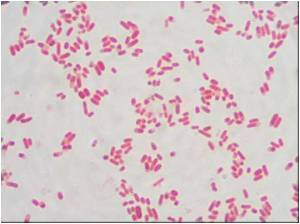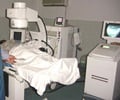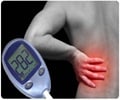
More than 550 cases of the kidney-wrecking condition have been reported since the outbreak in northern Germany of a virulent strain of enterohaemorrhagic E. coli (EHEC), according to the European Centre for Disease Prevention and Control.
Twelve of these HUS cases -- eleven in Germany and one in Sweden -- have proven fatal as of midday Friday, the ECDC said.
More than 2,000 people are known to have been infected by the rogue bacteria, whose origins continue to elude German and international health officials.
"Until we have discovered exactly what food stuff is responsible and withdrawn it, there will be new cases. Finding it is the absolute priority," Weill told AFP in an interview.
Weill confirmed that the culprit strain of E. coli identified independently by several laboratories -- while exceedingly rare -- is not "entirely new" as claimed by a Chinese laboratory that sequenced the genome in cooperation with a German hospital.
"It has been identified on one previous occasion, in Korea. The Chinese lab only compared the genome to others that had also been completely sequenced, but that would be not even 10 of the 70 known types of EHEC," he said by phone.
Antibiotics are not only generally ineffective against the strain, but can actually aggravate the infection, Weill explained.
"When you destroy the bacteria with an antibiotic, you liberate something called Shiga-toxins, which are responsible for the destruction of blood cells and small blood vessels," leading to bloody diarrhoea, he said.
The best treatment, he added, is to boost the deficiencies caused by the toxins: loss of red blood cells and platelets, along with kidney failure.
"You do transfusions, you do dialysis. If it's really bad, you change the plasma," Weill said.
For less serious cases, it is a matter of treating diarrhoea, the other major symptom of E. coli infections, by rehydration and monitoring.
Taking anti-diarrhoetics is a bad idea, however, because "the body needs to quickly eliminate the bacteria and its toxins."
Normally meat -- especially ground beef -- and raw-milk cheeses are the primary suspects for an illness-inducing E. coli outbreak, but in this case experts think raw vegetables are to blame after interviews conducted with the first wave of patients.
Three vegetables in particular top the list: lettuce, tomatoes and cucumbers, Weill said.
Another clue is the profile of the victims, who have been 80 percent adults, and 70 percent women.
The deadly bacteria must have been present in significant quantities, Weill said, because E. coli has to surmount two barriers to make someone really sick. One is the gastric juices in our gut, which kill many foreign bugs, and the other is the human immune system.
Source-AFP















